Trying to decide between a laptop and a tablet? You're not alone. These days, the lines are so blurry, even techies argue about it. And if you’re in Singapore, chances are you’ve already scrolled past ten different “deals” on both while browsing Shopee during lunch. But what actually works best for you in 2025? Let’s break it down in a way that’s simple, useful, and grounded in everyday use.

Editor
Lloyd Kelly Miralles chevron_right
Table of Contents
Key Differences at a Glance
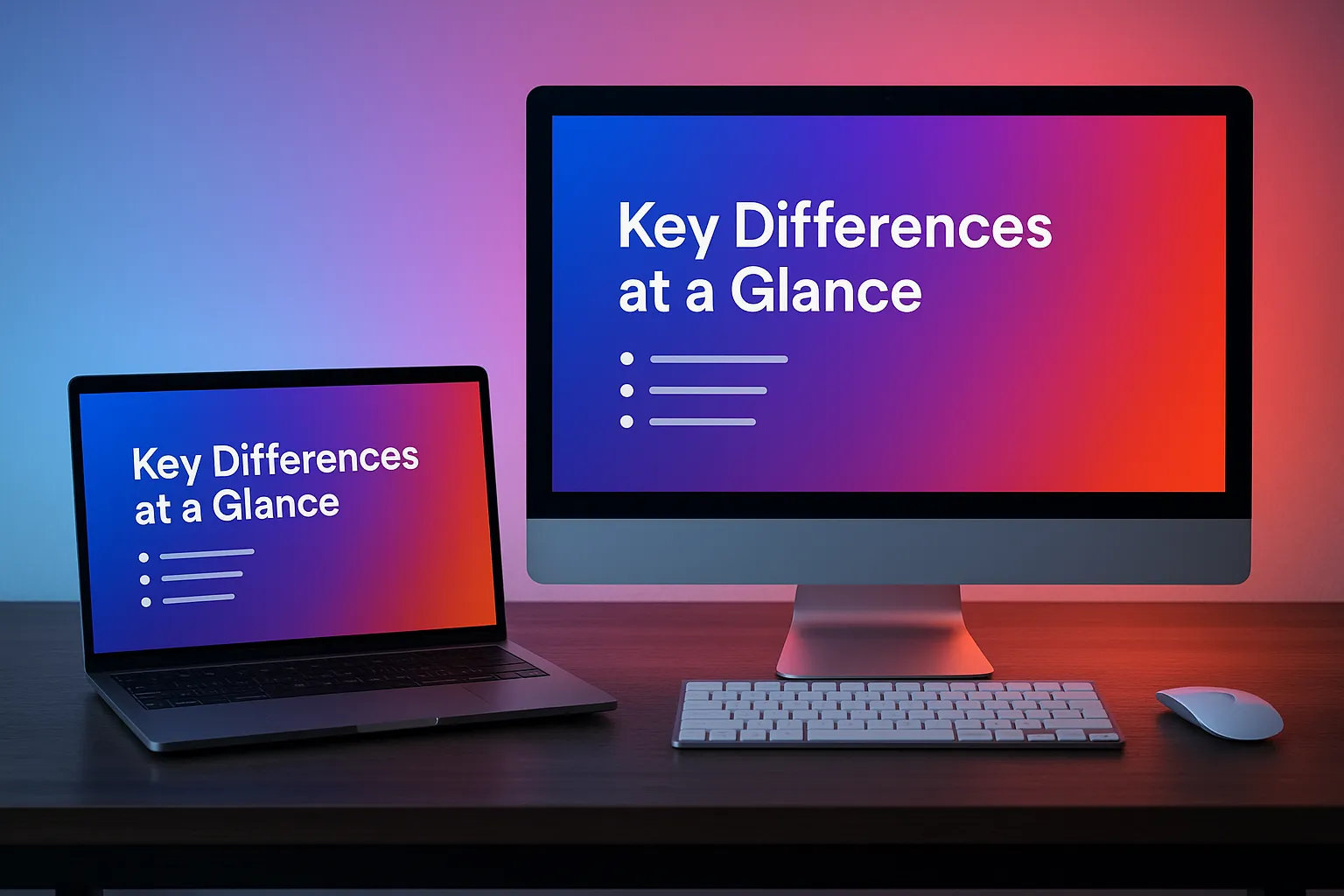
|
Feature |
Laptop |
Tablet |
|
Portability |
A bit heavier, but more powerful |
Super light and easy to carry |
|
Performance |
Great for multitasking and big apps |
Good for basic tasks |
|
Typing Comfort |
Full keyboard and mouse support |
On-screen or add-on keyboard |
|
Battery Life (avg) |
8–12 hours |
12–14 hours |
|
Software Compatibility |
Full programs like Photoshop |
Apps only, with fewer features |
|
Price Range (SGD) |
$1,200–$3,500+ |
$300–$1,400 (+ accessories) |
|
Best Use Case |
Work, school, content creation |
Videos, reading, light work |
|
Heavy multitasking |
✓ |
✗ |
|
Drawing or note-taking |
✗ |
✓ with stylus |
|
Writing & coding |
✓ |
✗ |
|
Business presentations |
✓ |
✗ |
|
Commuting & light browsing |
✗ |
✓ |
|
Working from cafés |
✓ |
✗ |
Portability
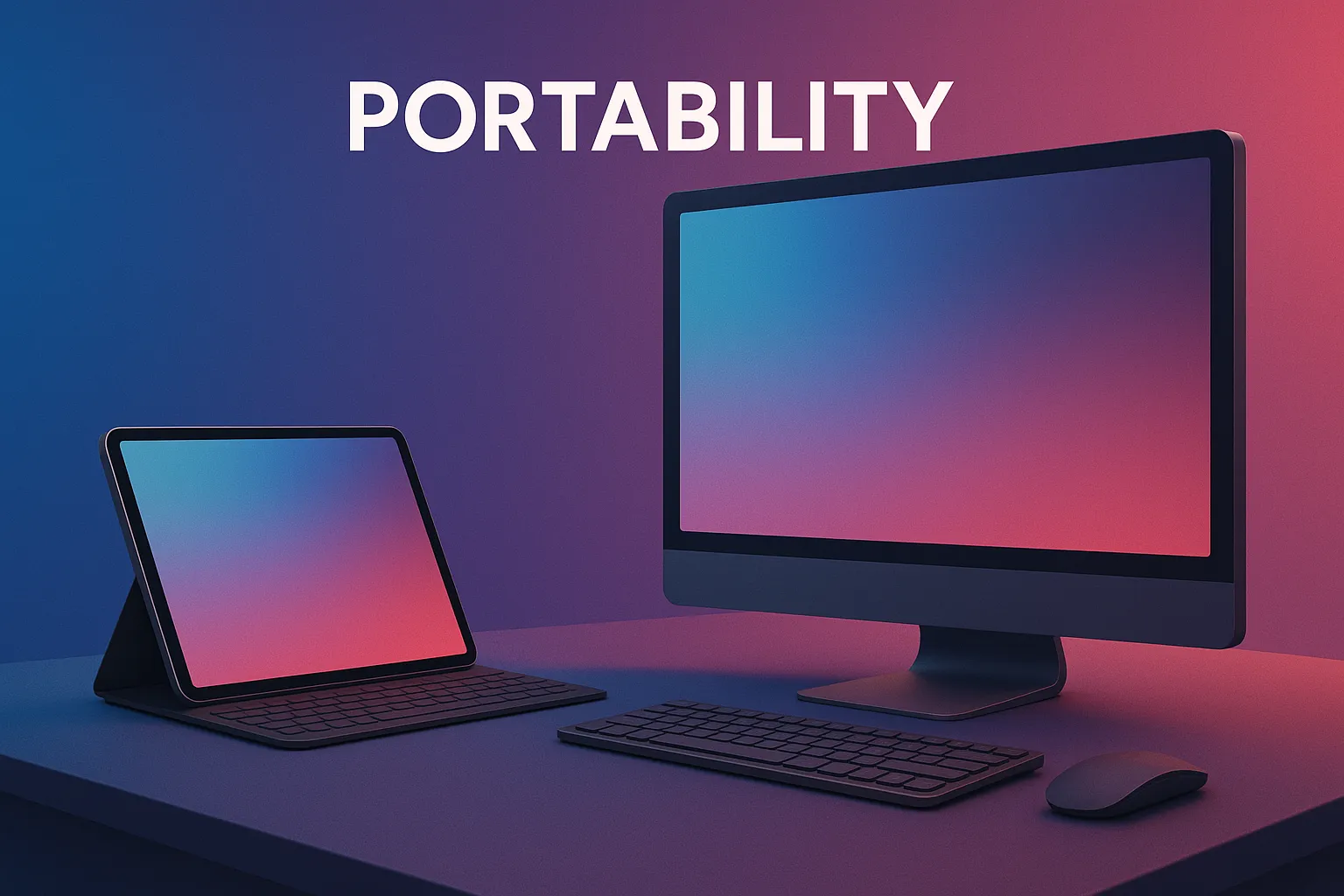
If you’re always out and about—running to class, hopping MRT lines, or squeezing in work from cafes—portability matters.
Tablets are like bringing an A5 notebook with you. They’re light, thin, and slip easily into your bag. Some even fit in your tote next to your kopi peng and umbrella. Great for users who don’t want to lug anything heavy.
Laptops have gotten lighter, yes—but they’re still a step up in bulk. That said, ultrabooks and newer MacBooks can be impressively slim. They’re still more effort to carry, but worth it if you need serious tools.
Performance
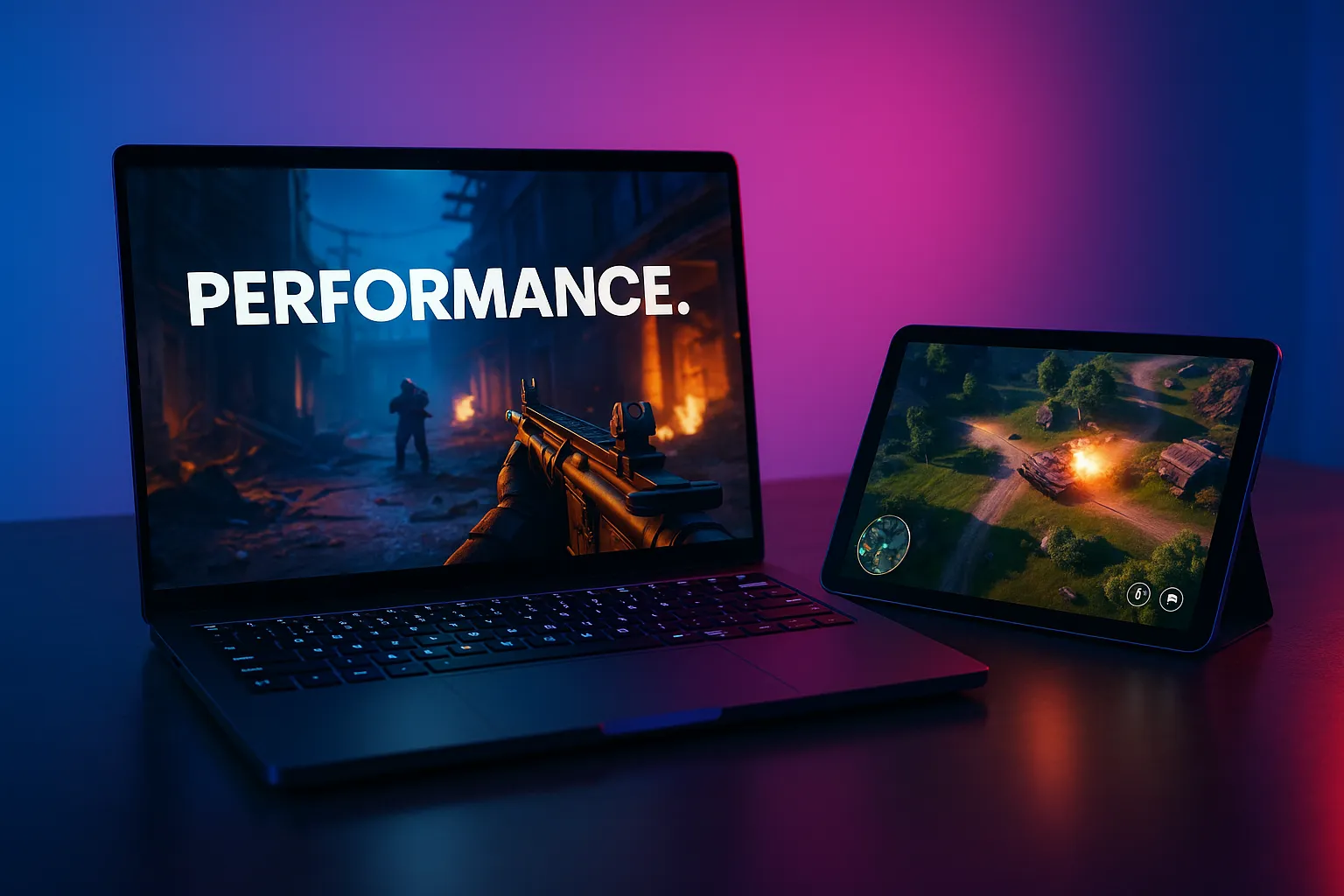
This is where things start to split based on what you actually do.
Laptops shine when you need to juggle tasks. Writing a report while doing a Zoom call? No problem. Editing a video while backing up files to Google Drive? All good. With powerful CPUs, more RAM, and full desktop software, laptops handle more.
Tablets, even the high-end ones, aren’t built for that kind of stress. They’re great for casual use—browsing, social media, YouTube, and emails. Maybe a bit of light editing or digital art. But the moment you open 10 tabs or run a big spreadsheet, you’ll notice the lag.
Typing and Input

Let’s be honest: typing on a glass screen isn’t fun.
Laptops come with full-sized keyboards, backlit keys, and all your usual shortcuts. That matters if you’re a student writing essays or a worker handling emails all day.
Tablets can work with a keyboard case, but it’s not quite the same. Good for jotting notes or short replies, but not ideal for hours of writing.
Battery Life
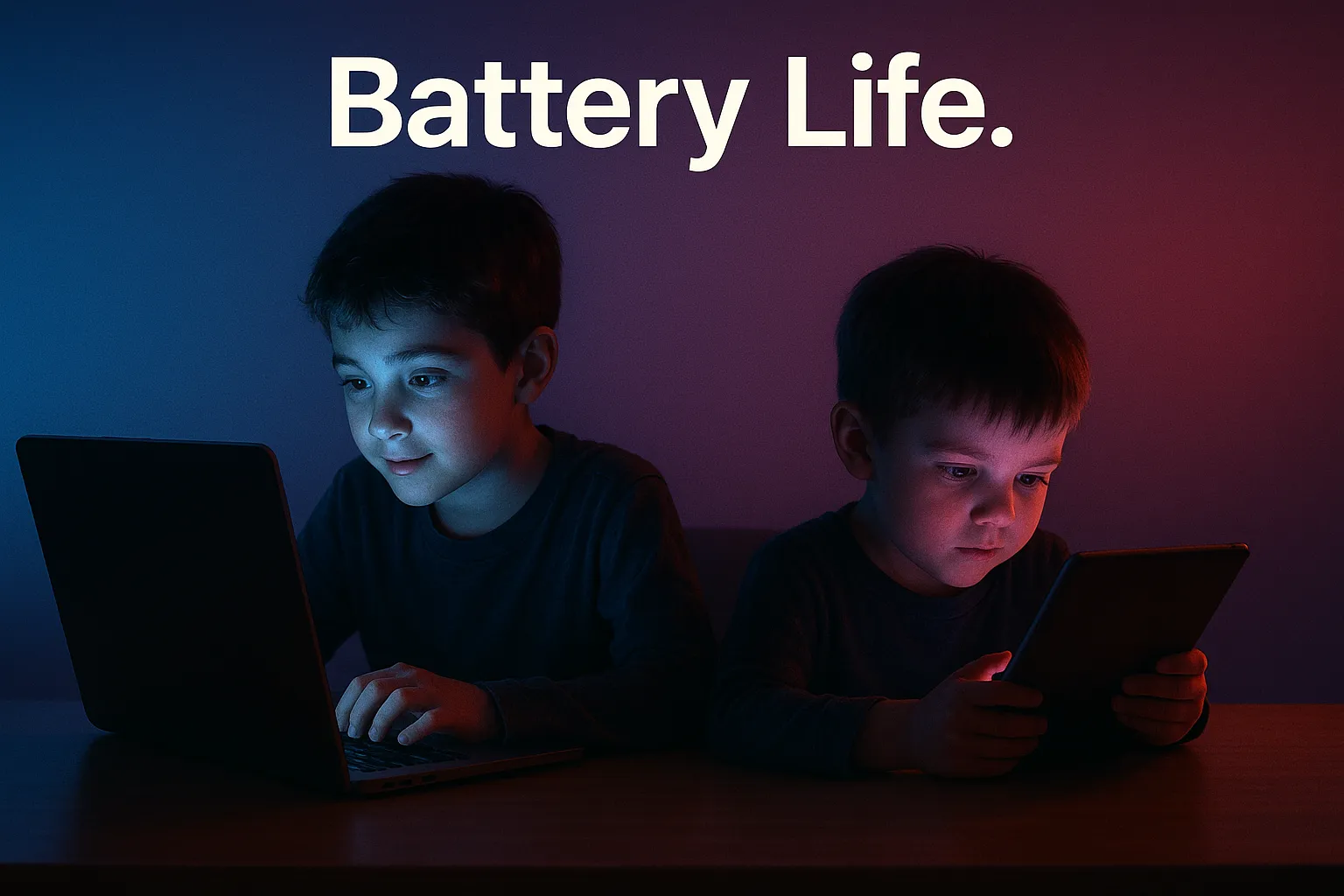
Both devices are pretty good here—but it depends on your use.
Tablets usually last longer. They sip battery, thanks to mobile chips. Expect 12–14 hours for most models. That’s a full day out with no charger stress.
Laptops vary more. Light use gets you 8–12 hours. But open Photoshop or run Zoom calls, and it can drop fast. Still, with power-saving chips (like Apple’s M3 or Snapdragon X), things are improving.
Software Compatibility
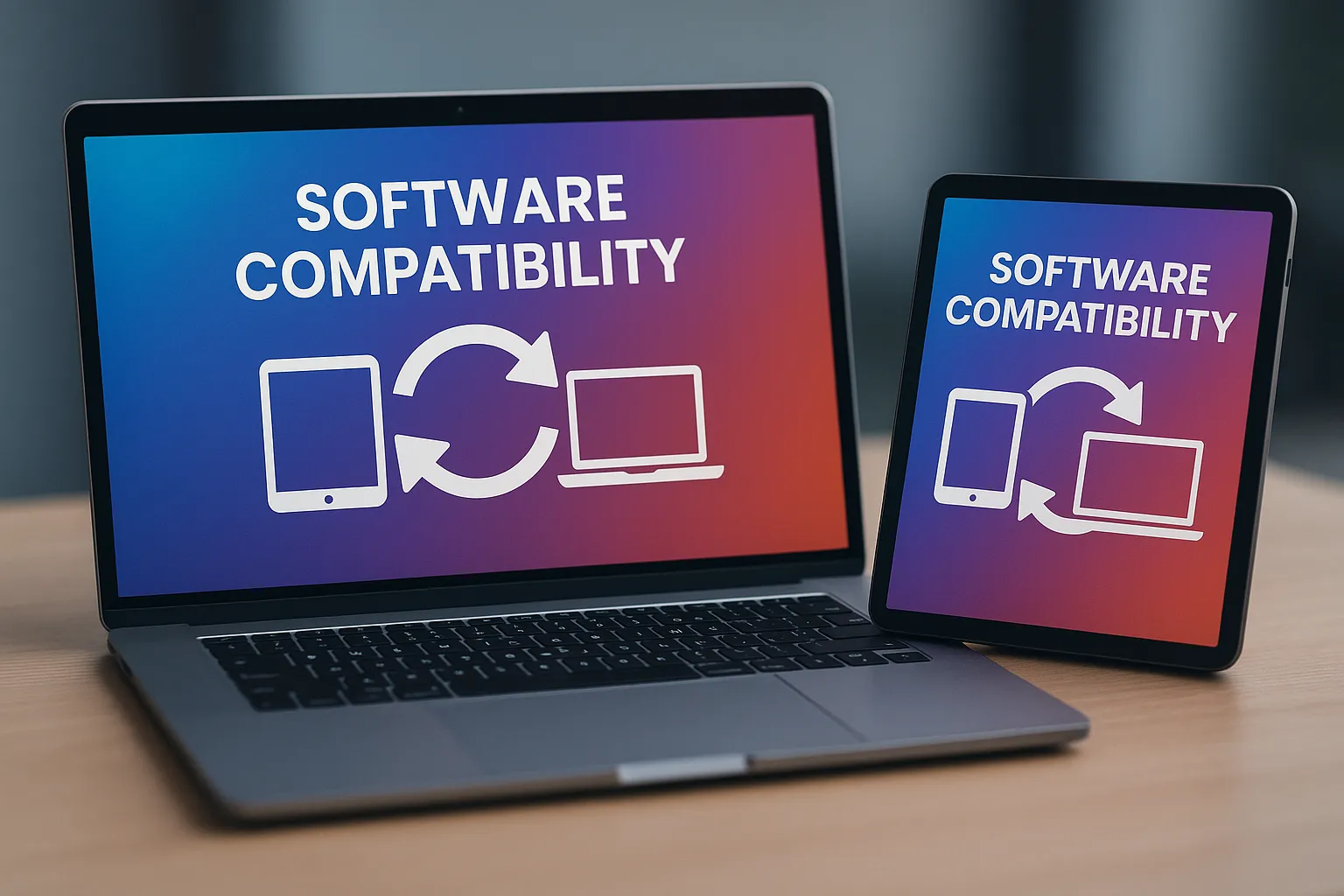
Apps vs programs. Simple as that.
Laptops run full versions of everything. Need Excel macros? Full Photoshop? Software for school or work? It’s all there. Windows and macOS are still the best for full productivity.
Tablets use mobile apps. They’re clean, quick, and improving—but still limited. You may not get all the tools or file access you’re used to. Good for consuming, not creating.
Entertainment
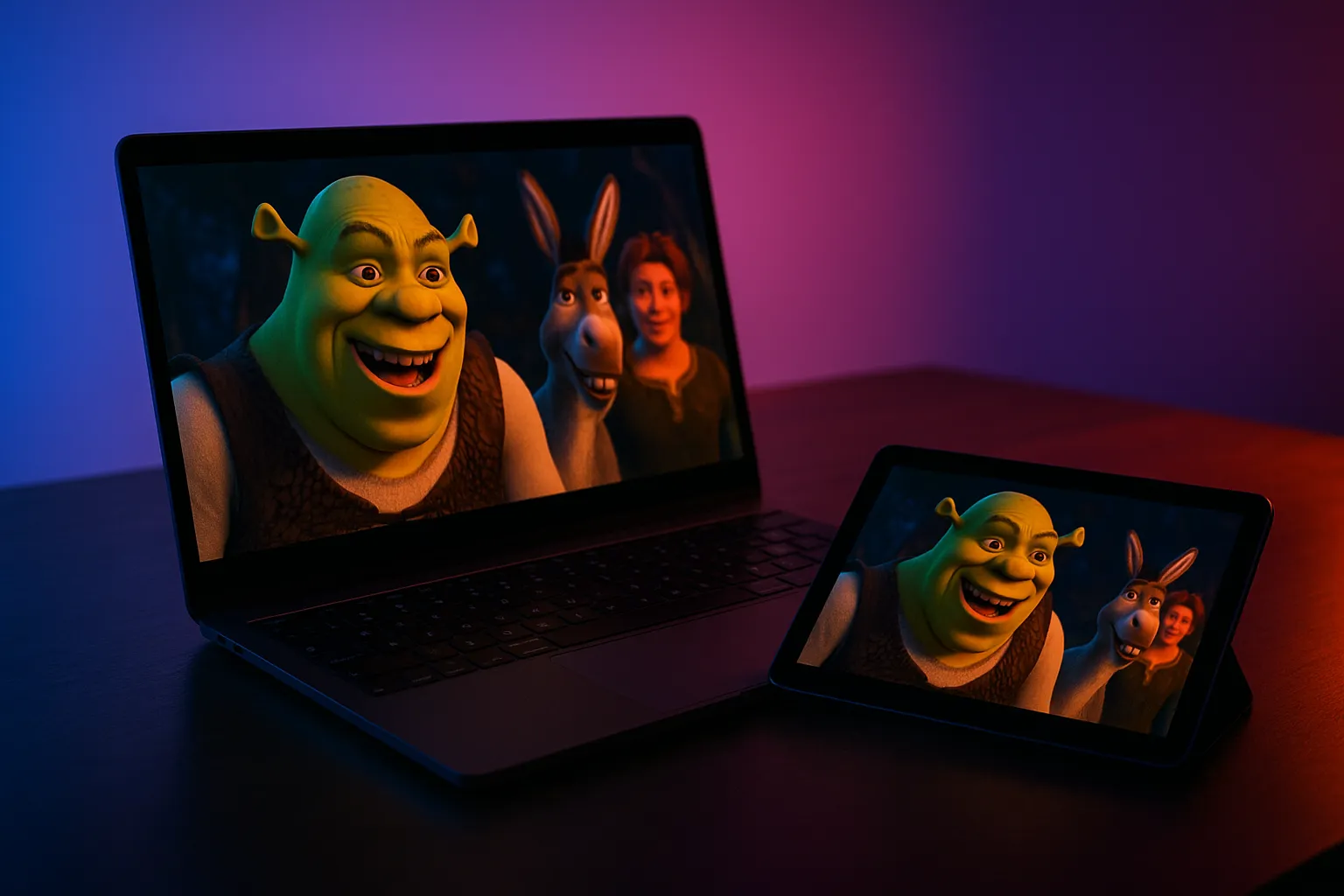
Let’s not forget: a lot of us just want to relax with our device.
Tablets are champs at chill time. Perfect for Netflix, TikTok, reading comics, or casual games. Easy to hold. Easy to pass around.
Laptops have bigger screens and better speakers (on some models), and let you stream and multitask. But they’re not as cozy to use while lying in bed.
Price

Budget matters, especially if you're a student or just starting out.
Tablets can be as low as $300. Mid-range ones are around $800–1,400. Add-ons like pens and keyboards raise that, though.
Laptops start around $1,200 and go up. High-end models with big screens or gaming power can cross $3,000. But you’re paying for power and longer use.
Security
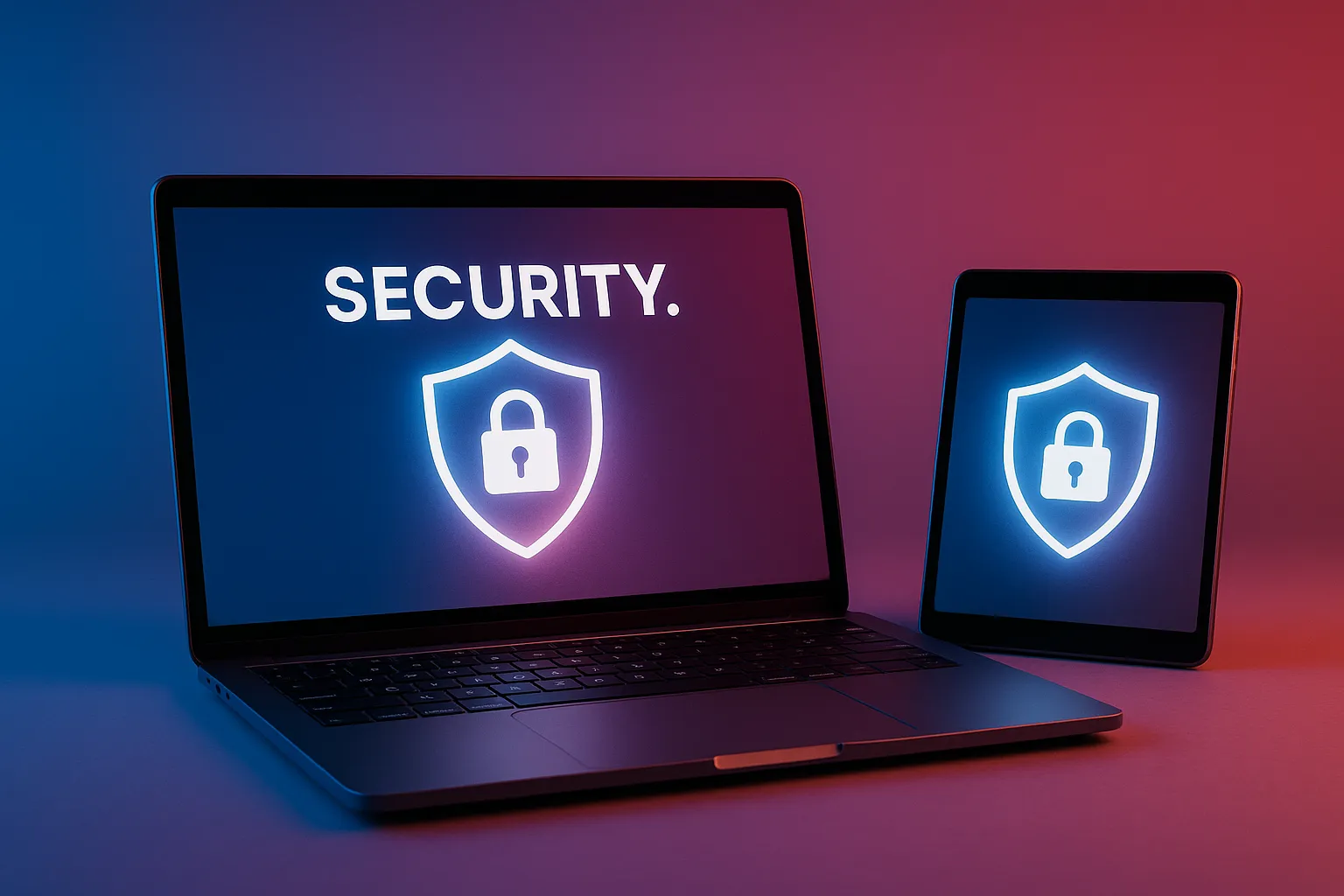
Laptops often have more advanced security—fingerprint readers, full-disk encryption, even biometric logins. Handy if you’re working with sensitive data.
Tablets are secure enough for most folks. You’ll get face unlock or fingerprint ID. Just don’t expect enterprise-grade protection.
Upgrades & Lifespan

Laptops can often be upgraded. Need more RAM or a bigger SSD? You might be able to do that.
Tablets? Nope. What you buy is what you live with. Most users replace them after 3–4 years. Laptops tend to last 4–6 years or more with care.
Accessories
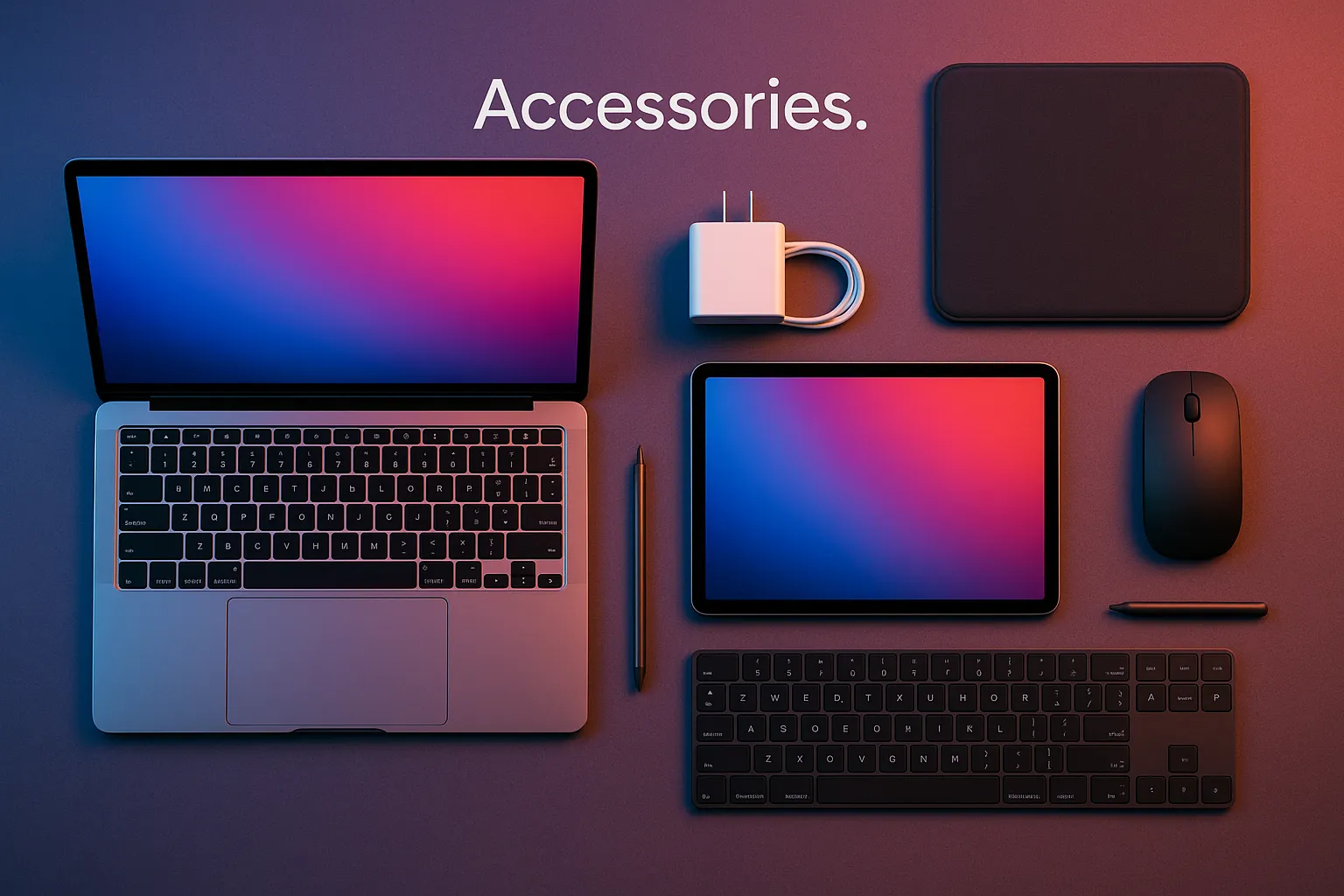
Laptops work with just about everything: monitors, mice, external hard drives, and more. They’re your plug-and-play champions.
Tablets are catching up. Styluses, keyboards, USB hubs—they’re all there. But not every tablet plays nice with every gadget.
Conclusion
Let’s break it down simply:
- You mostly watch videos, browse, read, and take notes? Go for a tablet.
- You work, write, edit, multitask, or use complex software? Get a laptop.
- You want something light to carry but still need a keyboard? Try a 2-in-1 device (like Surface Pro or iPad Pro with keyboard).
Still unsure? Ask yourself how you’ll use it daily. Think about school, work, commuting, and free time. That should give you your answer.
Or do what some folks in Singapore do—get both. Use the tablet for travel, and the laptop for heavy work.
Related Articles
- 10 Best Laptops in Singapore - Top Rated Picks
- How to Choose the Best Laptop in Singapore
- How to Choose Between HD, 4K, and OLED Laptop Displays
- How to Upgrade Your Laptop: RAM, Storage & More
- Why is Battery Life Crucial for Your Laptop?
